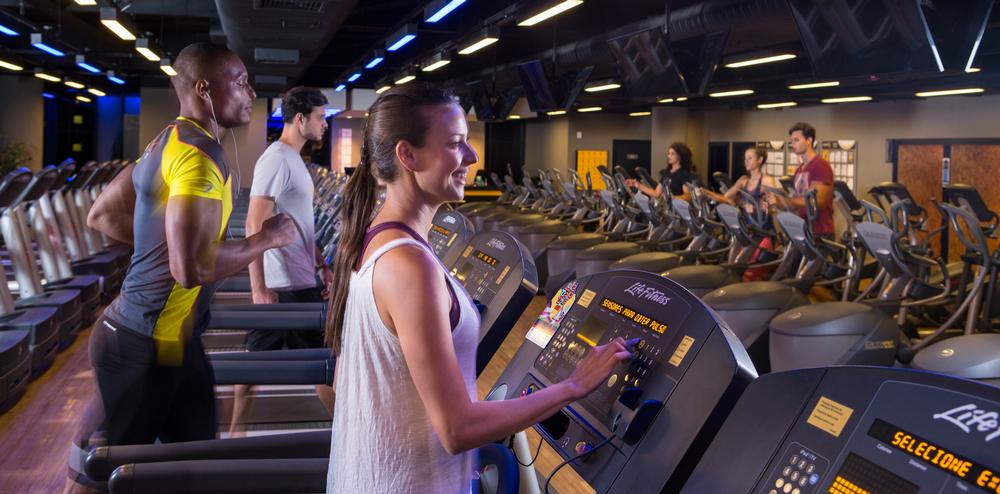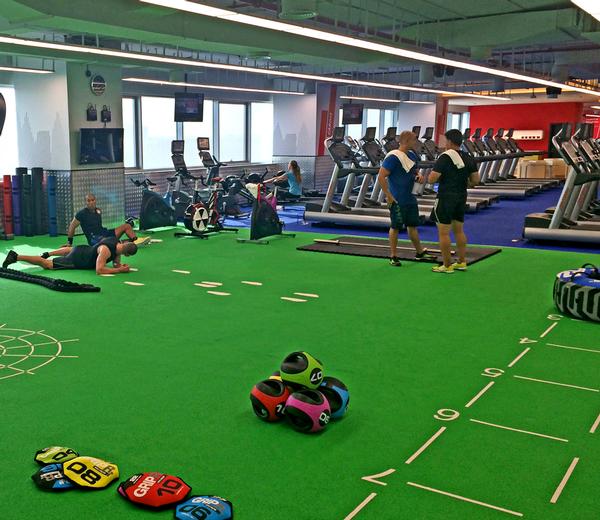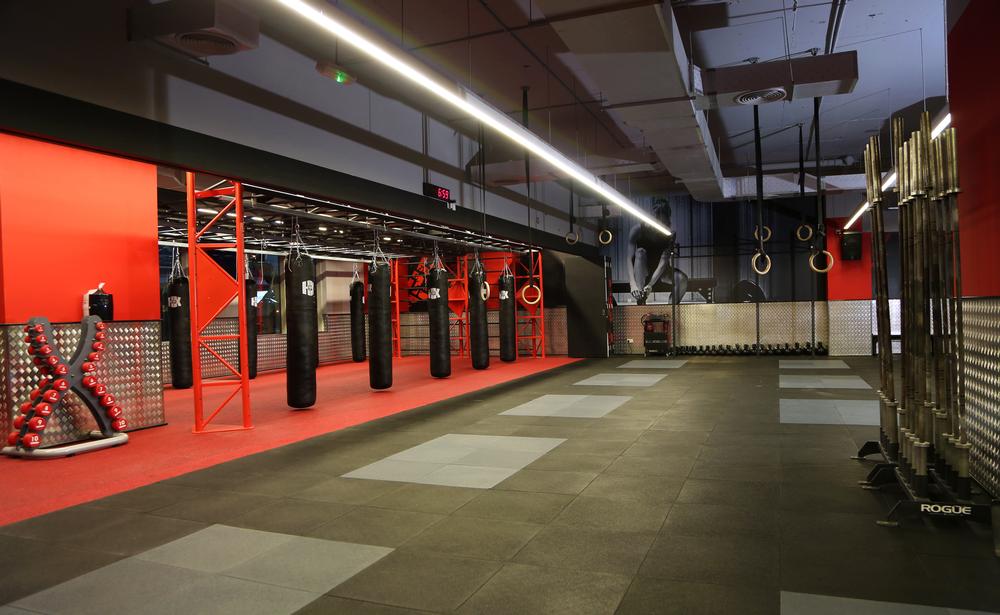In spite of weakening currency values in some markets, the global health club industry continued to grow in the markets observed by The 2016 IHRSA Global Report, which was published in late May.
Total industry revenue reached an estimated US$81bn in 2015, as roughly 187,000 health clubs served 151 million members worldwide. While economic challenges remain in parts of Europe and the Americas, leading markets in these regions continue to post solid performances. Meanwhile opportunities remain in emerging markets in Asia Pacific, the Middle East and Latin America.
Europe
The fitness industry in Europe serves more than 52 million members. Roughly 50,000 health clubs generate some US$30bn in annual revenues. Europe represents the most profitable region, recording the highest sum of revenue, and is second only to North America in the total number of memberships.
The UK and Germany continue to lead all markets in Europe. In the UK, based on research by The Leisure Database Company, 8.8 million members belong to a health club, up from 8.3 million the previous year. Roughly 6,300 facilities in the UK generate a collective US$6.2bn in industry revenue. Germany attracts nearly 9.5 million members at 8,300 health clubs and studios.
Europe has strong prospects for growth thanks not only to the mature, solid markets in western Europe, but also the potential in eastern European markets – Russia, Turkey and Poland, for example. The penetration rates in these three markets are among the lowest in Europe, signifying potential for growth.
The Americas
In the United States, the health club industry continued to grow. Revenue, health club membership and the total number of health clubs all rose from 2014 to 2015. Revenue increased from US$24.2bn in 2014 to US$25.8bn in 2015, while membership improved from 54.1 million to 55.3 million over the same time span. Total club count also grew – from 34,460 locations in 2014 to 36,180 sites in 2015.
Club operators serve nearly 6 million members at roughly 6,000 facilities in Canada. IBISWorld, an independent industry research firm, projects that revenue from health clubs in Canada will continue to grow over the coming three to four years. Specifically, it predicts a growth in consumer demand for health and fitness programmes that help address obesity, that promote active ageing and proper nutrition, and that enhance sports performance – all of which will help drive growth for health and fitness clubs.
Leading markets also continue to perform well in Latin America. Brazil’s 31,000 health clubs put the country second only to the US among global fitness markets in terms of club numbers. Roughly 8 million Brazilians are members of a health club.
In all, 16 markets in Latin America attract nearly 16 million consumers to more than 55,000 health clubs. Opportunities for growth remain in the region as member penetration rates remain low in comparison with developed health club markets worldwide.
Asia Pacific
The Asia Pacific region serves 17 million members at 29,000 health clubs across 14 markets (excluding the Middle East). Health club industry revenue totals US$14.4bn in this region.
Larger cities in Asia – including Beijing, Shanghai, Kuala Lumpur and Jakarta – are home to maturing industries, while future growth is anticipated in the growing cities as well as across the Asia Pacific region overall.
At the moment, the average member penetration rate across the region is just 3.8 per cent. While Australia and New Zealand blaze a trail in leading all Asia Pacific markets in terms of penetration rates – notching up 14.8 per cent and 11.4 per cent respectively – the global economic powerhouses of China and India still have low penetration rates of just 0.4 per cent and 0.12 per cent respectively.
China is home to roughly 2,700 health and fitness clubs with a total of 3.9 million members. The industry in India has approximately 3,800 health club facilities and nearly one million members. There are strong opportunities for growth in both countries.
Middle East & North Africa (MENA)
Based on findings gathered by The FACTS Academy – industry experts based in Egypt – approximately 3.4 million members use 5,600 health clubs in 10 markets across the Middle East and North Africa (MENA). These 10 markets collectively generate roughly US$2bn in fitness industry revenue.
Saudi Arabia leads all markets in this region in terms of revenue, with nearly US$620m generated at 1,100 health clubs, which attract more than 800,000 members.
In terms of number of health clubs, as well as memberships, Egypt leads all MENA markets with a total of 1,680 facilities and 957,500 members.
Despite conflicts in several MENA countries, there’s a demand for fitness as consumers seek to exercise and reap the benefits of an active lifestyle. Successful international fitness operators including Fitness First, Gold’s Gym and World Gym have expanded into the Middle East. Meanwhile, in less than 10 years, Fitness Time – based in Saudi Arabia – grew to more than 100 club locations, highlighting the opportunities in this region.
The outlook of the health club industry remains bright and promising. As leading economies continue to improve, the industry is expected to thrive in the global marketplace, serving consumers with a variety of health and fitness needs. Offering access to fitness amenities, instructors, personal trainers and coaches, club operators are well positioned to lead the charge for a healthier world.



























































